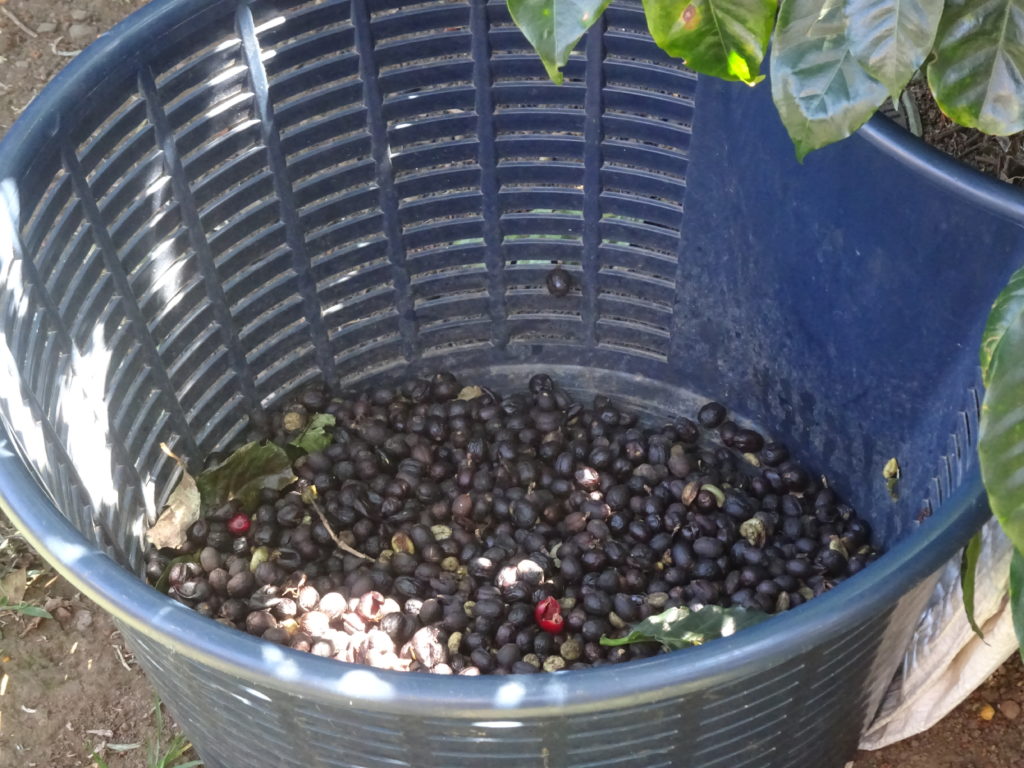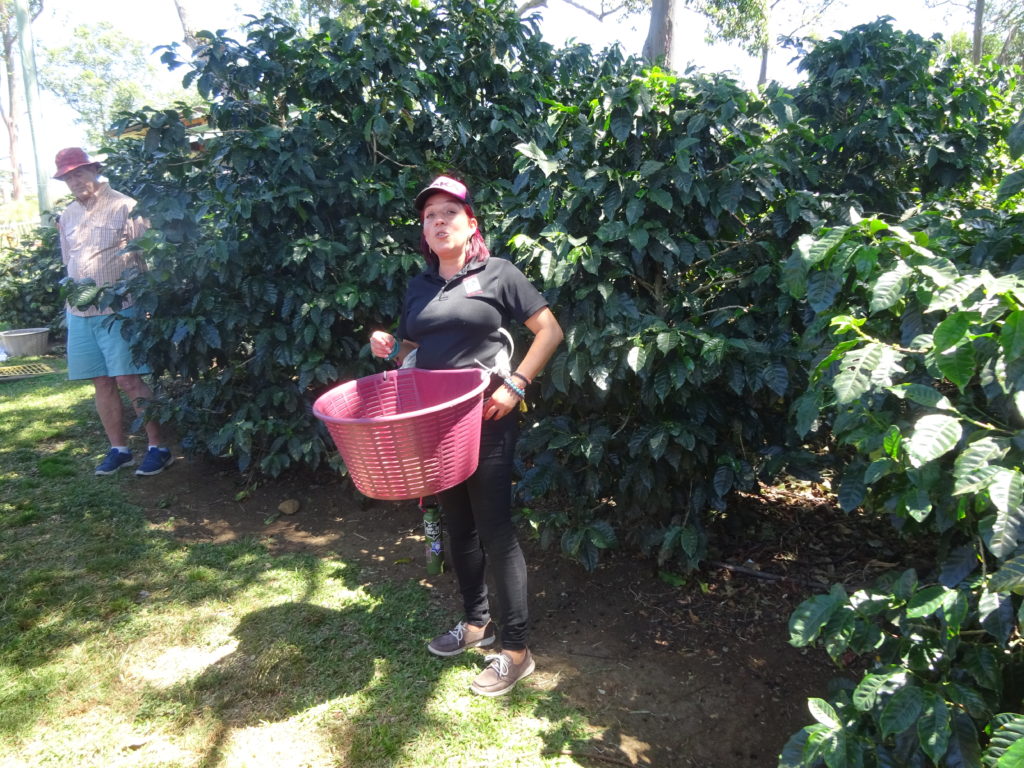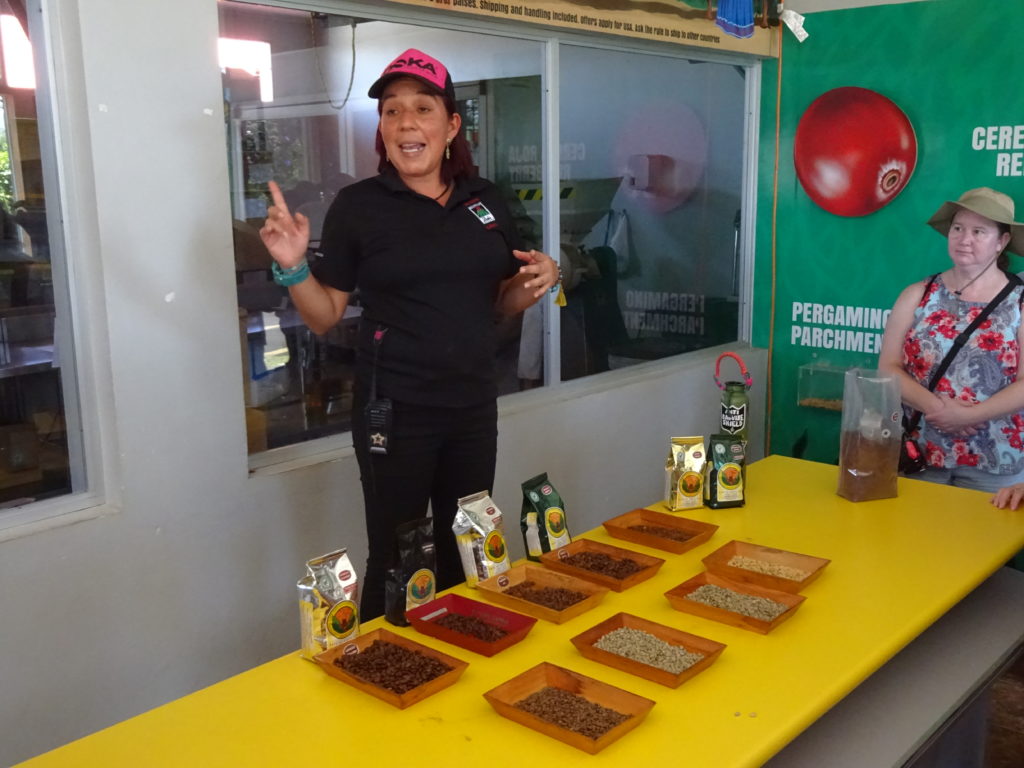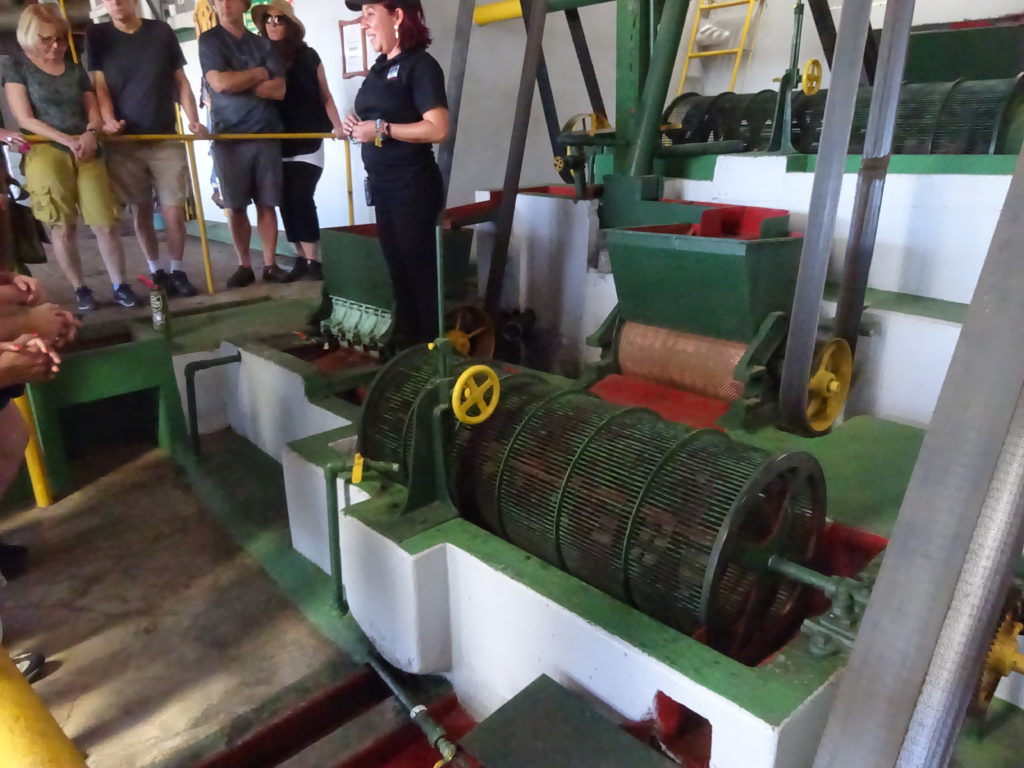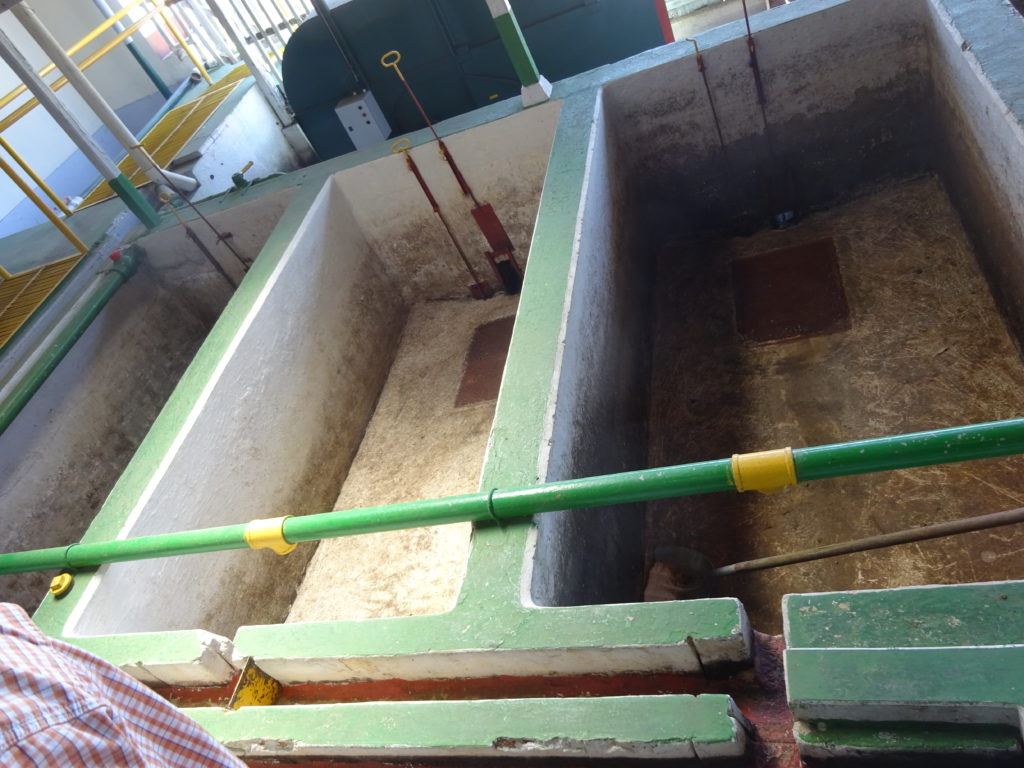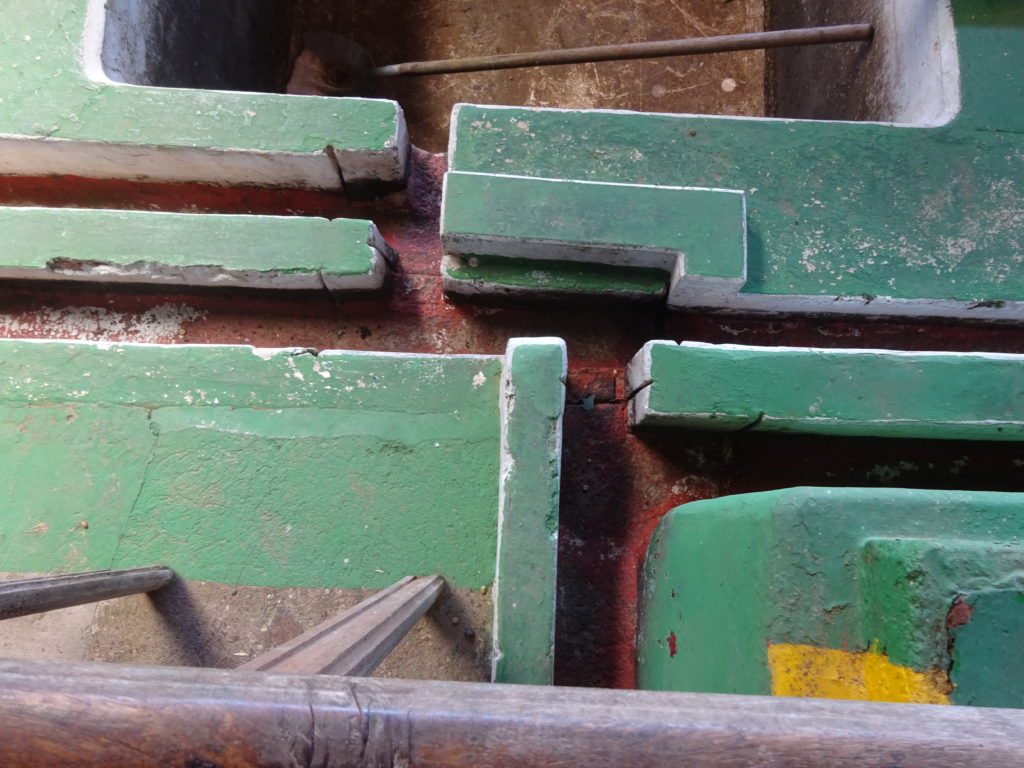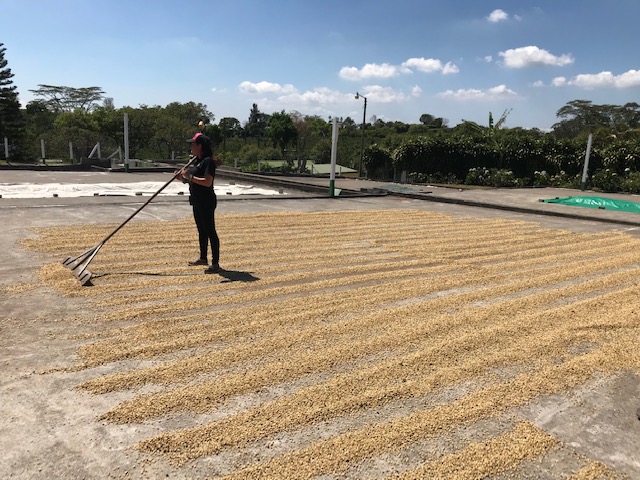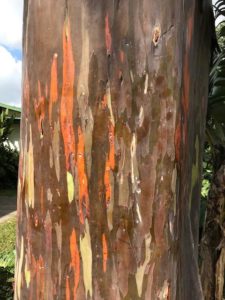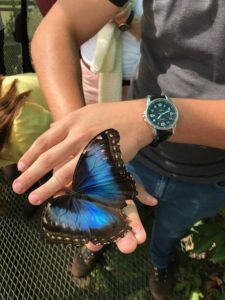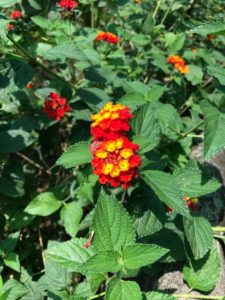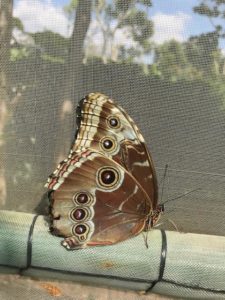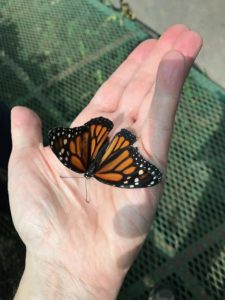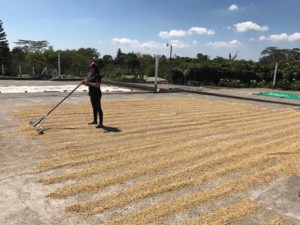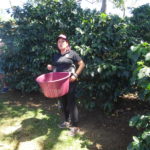 During a recent visit to Costa Rica I learned how to make coffee. From scratch, like from the beans. I toured the Doka Estate Coffee Plantation in Alajuela Province, northwest of San Jose, and even got to rake some of the dried coffee beans. My big discovery is that making coffee is a lot more complicated than you might think, and in Costa Rica, done using natural renewable energy.
During a recent visit to Costa Rica I learned how to make coffee. From scratch, like from the beans. I toured the Doka Estate Coffee Plantation in Alajuela Province, northwest of San Jose, and even got to rake some of the dried coffee beans. My big discovery is that making coffee is a lot more complicated than you might think, and in Costa Rica, done using natural renewable energy.
Coffee as a drink originated in Ethiopia but is now produced in over 70 countries of the world. Outside of sugar cane, coffee is their biggest product (that is, not counting ecotourism, which is now the country’s primary economic driver). Costa Ricans, who call themselves Ticos, always have a tin cup handy for coffee because they are light, don’t break, and reusable.
Coffee plants need to grow for four years before the first harvest. The berries are green at first, then turn red as they ripen. Since berries on any given plant can ripen at different times, it takes four months of repeated visits for workers to hand pick the red berries from each individual plant. Workers, many of whom are migrants from other countries (e.g., neighboring Nicaragua), get about $2 per 28-pound basket of berries, which makes only 7 pounds of beans once husked. It takes multiple steps to get to the “golden beans” that are ground to make coffee.
The first step is to separate the berries by density, which is done in the wet mill, essentially a water bath. Low quality berries float while high quality ones sink to the bottom. The next step is to separate by size (small, medium, large) through various rotating grids. By this time the beans are extracted from the berries and fermented for 36 hours in big vats. Then they are off to the spread out in the sun to dry for five days. That’s where I got a chance to learn a new trade – raking the beans to turn them over in the sun.
Even more fascinating was how they make decaffeinated coffee. Since Ticos don’t drink a lot of decaffeinated coffee (or soda), they ship beans off to a company in Germany who happily extracts the caffeine in hot water for free. Why free? Because they can then use the caffeine to put in sodas and other caffeinated products. The decaffeinated beans are then shipped no charge back to Costa Rica for the limited use they get, mostly by tourists staying in hotels.
I also learned that the different types of coffee (French roast, Breakfast, Espresso, etc.) are created simply by varying the time beans are roasted. There is also the phenomenon where a berry, which normally contains two same-sized beans, produces one round bean and one tiny flat bean. The round one, called a peaberry, tends to absorb flavor that didn’t go to the runt bean, which makes the peaberry much sweeter. You’ll see these sold separately.
At the end of the tour I was able to try four different kinds of premium coffee, which to be honest was a bit of a waste on me given I don’t actually drink coffee. Still, the difference between the four was eminently evident to my palate. Much more to my liking was the three kinds of chocolate covered coffee beans. The sweet taste of the white, milk, and dark chocolate was deliciously balanced by the bitterness of the underlying bean.
The experience of visiting the coffee plantation is one not to be missed, whether you drink coffee or not. My thanks to the guides at Doka Estates Plantation for teaching me the science of making coffee.
David J. Kent is an avid science traveler and the author of Lincoln: The Man Who Saved America, in Barnes and Noble stores now. His previous books include Tesla: The Wizard of Electricity and Edison: The Inventor of the Modern World and two e-books: Nikola Tesla: Renewable Energy Ahead of Its Time and Abraham Lincoln and Nikola Tesla: Connected by Fate.
Check out my Goodreads author page. While you’re at it, “Like” my Facebook author page for more updates!



